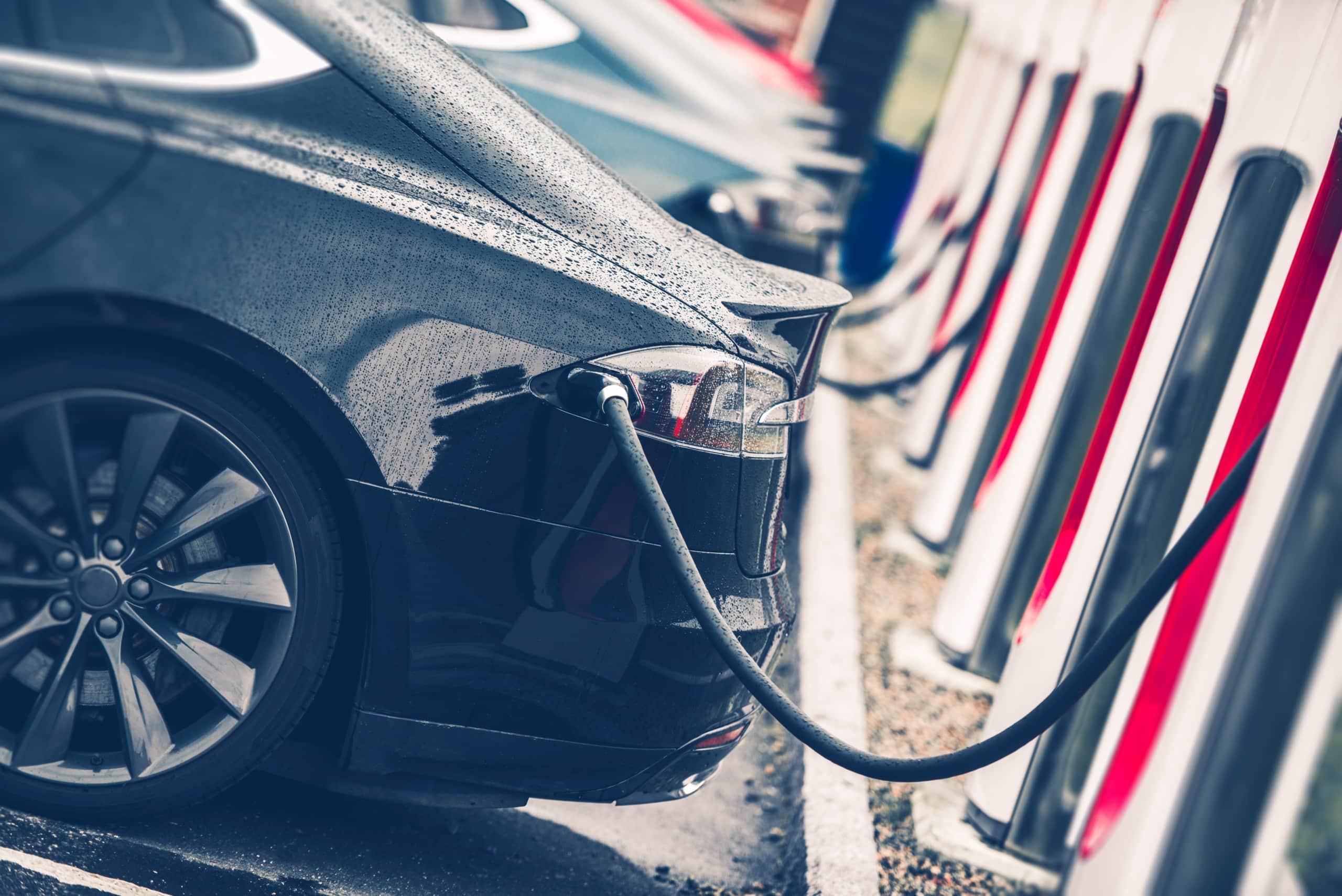Electronic Vehicle (EV) Charging Concerns
Readers are concerned about electric vehicle (EV) charging in condominium buildings.
Reader Comment on Electronic Vehicle Charging Concern – Fire
You missed a very real concern with the questions of EVs charging – fire. Standard sprinklers will not extinguish a battery-based fire. Water can’t smother it and even if it could, the water comes from above, not below where the batteries are. If an EV catches fire in an underground garage, fire department equipment can’t fit down the ramps. Letting a battery fire burn itself out could do serious structural damage to the concrete walls, ceiling and floors.
I’m all for EVs, but fire has to be part of the recipe.
Reader Comment on Electronic Vehicle Charging Concern – Voltage Issues
Charging an electric vehicle, no matter whether it be one that is fully-electric (BEV) or a plug-in hybrid (PHEV), is not a simple matter when it comes to condos or apartments, generally referred to as multi-unit dwellings (MUD). BEVs and PHEVs can be charged with a Level 1-120v charger or a Level 2-240 volt charger. Available data suggests that the majority of vehicle owners will charge overnight at home.
In a multi-unit dwelling, a consideration is whether the building has a parking garage or lot with reserved dedicated parking spaces. Or, if it uses an attendant who parks a vehicle randomly in an available space.
Level 1 charging is via a common wall outlet. With this approach an outlet must be near the parked BEV or PHEV. Level 1 charging is slow. I liken it to filling a gas tank through a straw. Having multiple wall outlets in a garage doesn’t present any major issue.
Level 2 charging presents some issues in a multi-unit dwelling. There are limitations on electric load that can be placed on the overall MUD electric grid. Operation of more than one 240v charger will slow down another operating at the same time. Many existing multi-unit dwellings can only handle two or maximum three Level 2 chargers. Some municipal governments are now requiring new residential construction to install electric supply grids to accommodate EV charging.
Overall it’s a complex issue. Automakers are aware of the multi-unit dwelling issue. They are working with the Department of Energy and others for solutions. EVs work very well in large, densely populated cities. The charging infrastructure is an issue that needs addressing. For example, how do we charge all the cars that park on the street overnight?
Sam and Ilyce respond to EV Charging Concerns
Thank you for your well written and reasoned comments on electric vehicle charging in homeowners associations. We agree with both of our readers that there are many issues involved when a building or an association decides to install charging stations for the use of their residents. Our original column on charging stations in associations dealt with some of these issues. But we appreciate some of the insight from readers who are watching this unfold in real time.
Safety is paramount when it comes to EV Charging
Safety should always be at the forefront of any decision that an association makes when dealing with their buildings. And, addressing the needs of the few who own electric vehicles may not be fair to the rest of the residents that do not own an electric vehicle and won’t benefit from having the charging stations installed.
We do, however, believe that most of these issues can be addressed by the association. The cost of any installation can be recovered from the electric vehicle owners through the fees they pay to charge up their cars. The association can set up a system to allot time to owners that have electric charging needs where there are too many users for too few spots. And, the association can discuss any safety concerns with experts in the field that can help them locate the charging stations in the right locations and with the right safety considerations.
More EVs mean more charging concerns for residents
As more vehicles are plug in hybrids or plug in electric vehicles, the needs of these users will increase as will the overall draw on the electrical system in general. It will be up to those owners in associations to make sure that their infrastructure is ready to deal with current electric vehicle needs as well as needs that may come down in the future.
If associations are concerned about fire safety (a great point!), there are fire safety consultants who can provide a comprehensive plan to prevent a building from being structurally compromised if an EV battery happens to catch fire. Before installing any charging capabilities, buildings and communities would be wise to hire someone to provide these insights and scope out potential solutions.
Thank you for your comments. If you have another comments or questions about EVs and your building or communities, please send them along and we may include them in future columns.
Read more about Electronic Vehicles (EVs) and Charging
Electric Car Home Charging Stations: Who should pay?
Electric Car Charging Stations Update
Homeowners Demand More Car Charging Stations
How to Power Your Home with a Battery
©2023 by Ilyce Glink and Samuel J. Tamkin. Distributed by Tribune Content Agency. C1613







Leave A Comment